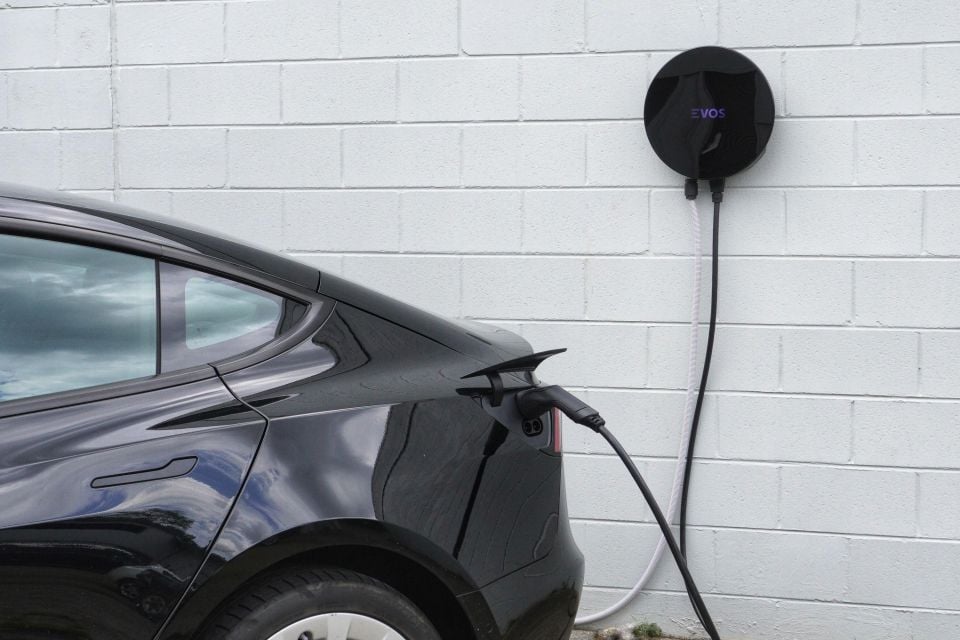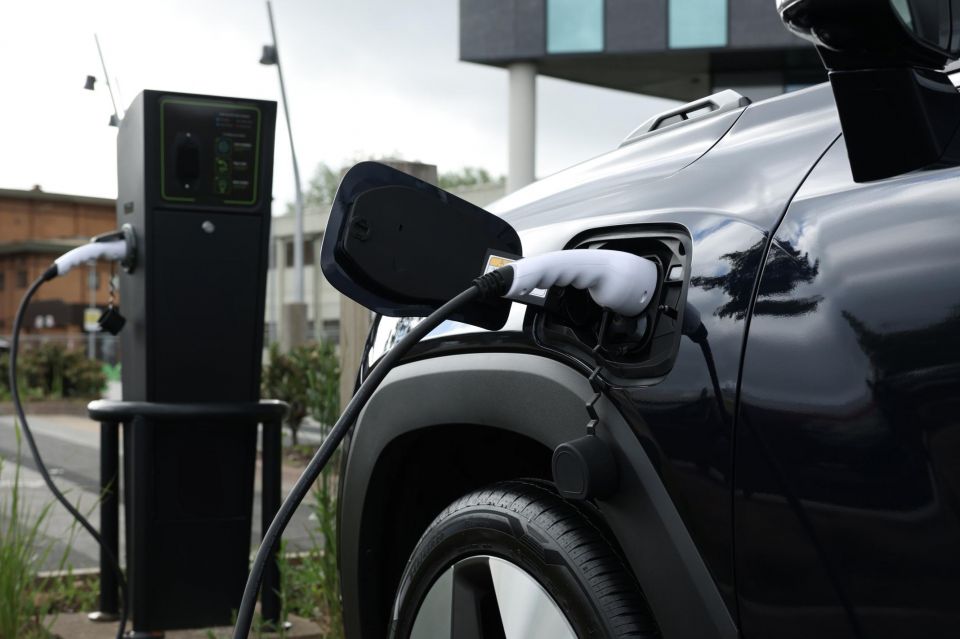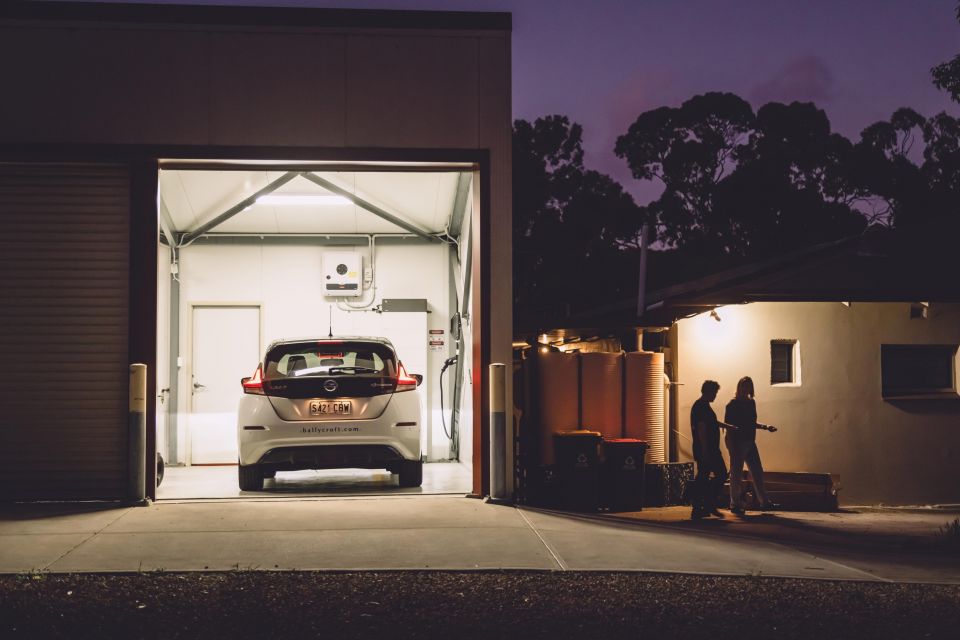

Max Davies
2025 Toyota Corolla SX review
6 Days Ago
Australia's roads are home to more electric cars than ever, and the number on offer will only continue to grow. What does that mean for our power grid?

Contributor


Contributor
In recent times there have been questions raised as to whether the grid will cope with the threat of widespread electric vehicle adoption.
In fact, both here and abroad, some pundits have argued the case is closed, and the power grid and mass electric vehicle adoption are incompatible.
Is this true? What organisations are analysing the pace of EV adoption in Australia? What problems might develop in the future and what are the possible solutions?
Read on to learn who is keeping an eye on the electrification of transport.

In part one of our coverage, we covered five problems mass EV uptake might create. Parttwo examines some of the solutions to these problems, as suggested by leading experts in the field.
This final part examines further solutions, and ties our coverage together. We recommend reading parts one and two before proceeding.
Solution to ramps
AEMO will have time to observe ramps prior to a weather or price change event before the size of the EV fleet becomes problematic.

When enX analysed the risks of power ramps, such as ‘panic buying’ due to a possible storm related blackout, it recommended network businesses should continually monitor the impact of weather event forecasts on charging behaviour.
“Monitoring data can be used to assess changes in charging behaviour to inform AEMO load models (minimising load forecasting error) and FCAS procurement,” the report said.
The report adds what AEMO will learn will be incorporated into its scheduling framework, and could impose ramp rate limitations on high-capacity charging infrastructure if required.
Internationally, there are also movements to produce universal standards around ramp rate and randomised delay requirements.
Dr Riccardo Pagliarella noted in Queensland, even in the last few months, there have been improvements in regulations that impact this area.

He states “The 550MW example in the AEMO report is only around half the capacity of a large generator. That is a smaller fraction of the total Queensland demand and there is rarely no reserve capacity”.
There has been an increase in the take-up of home batteries working alongside residential solar systems in recent years.
Their power shifting and backup roles will be useful in blackouts, but so far the battery take-up has been far slower than the growth in EV sales and therefore will not have a strong role reducing the potential impact of ramps in the near term.
Solution to cold load pickup
The enX report recommends providers monitoring and sharing data following the restoration of power after an outage. As in the case of ramps, examining load responses early on while EV numbers are relatively small will build a more detailed assessment useful for future events with a greater load.
In its recommendation section enX explains restart standards should be set: “AEMO should collaborate with network businesses to define desired start-up and offline behaviour requirements for EV chargers”.
Solutions to Communications and Cyber Security Problems
EVSE software standards, how they are designed, and how they communicate, are important parts of solving several potential grid problems.

There is an existing Australian standard regulating aspects of V2G called AS/NZS4777.2:2020.
It is not alone, however, as there are several EVSE standards. These standards are being worked upon now. Dr Pagliarella is one of the experts involved in the task forces setting the standards and communication protocols for EVSE equipment.
This includes the Open Charge Point Protocol (OCPP) and the ISO 15118 AC Bidirectional Power Transfer taskforce. This work progresses standardisation in numerous areas.
“There are so many issues to consider. For example, just look into security of information. Is IP from distributed energy resources [like bi-directional chargers] information held outside of Australia? Who has access to it – that is also a security issue,” he said.
The enX report recommends AEMO maintain its focus on cyber security and software management risks across all types of small-scale generation equipment, including communications security and general institutional governance and controls for industry participants.

Other industry participants need to adhere to equally high standards given the numerous software updates that many devices, and vehicles, now receive and how they communicate with other devices.
When it comes to communications outages there is a similar strategy with that of ramps and cold load pickup – that is monitor and learn from the early small-scale examples that occur and use that information to help define desired, standardised offline behaviour.
Internationally, progress is underway in the International Electrotechnical Commission on IEC 63460, a standard that includes grid support measures like voltage and frequency disturbance ride through.
The ultimate goals of all these numerous software and protocol developments are to:
In a perfect world these standards would already be finalized but at least good progress is being made in all these areas.
In fact, AS/NZS 4777.2 should be updated and fit for V2G by Spring this year.
Then it is just a matter of vendors certifying bidirectional chargers for Australia. Ideally, most of these standards, like AS/NZS 4777.2, would be finalised while EV sales are still a minority.
As well as organisations like Energex, all the grid experts interviewed agree that mass EV adoption should be a positive overall, despite the issues outlined above.

Dr Simpson states “the empirical evidence to-date, both in Australia as well as overseas, shows that large scale EVs have potential to be enormously beneficial for the grid.
While there will certainly be some challenges to manage at large scale, prudent planning and system integration will lead to the mutual benefits of higher network asset utilisation as well as greater energy productivity in a lower-carbon economy and society.”
Dr Pagliarella said “it has been two decades since the promise of grid-interactive cars. V2G EVs were first demonstrated in North America by companies affiliated with General Motor’s original EV1, but now we can finally see a path to this potential being fulfilled.”
Solutions, such as demand side response, or at least workable plans that should lead to solutions, will help our grid cope with EVs.
The various EVSE communications protocols and standards, once finalised, will aim for secure, robust universal interoperability between different cars, EVSE and any external control.
If Australia’s parliament can put forward robust laws of its own covering EVSE we should have an even better chance of successfully integrating EV charging into our electricity system.
MORE: Can the Australian power grid handle EVs? Part 1: The problems MORE: Can the Australian power grid handle EVs? Part 2: Solutions
Married with two children and a pet Great Dane, my other interests include: single malt whiskies, fine rum, AFL, powerlifting, fine music and home theatre, renewable energy and last but not least - American politics. Naturally, I am also interested in cars too and have owned all three flavours: petrol, diesel and electric!
Qualifications: Geography and Environmental Science – UTAS, Political Science (Hons) - UTAS and post grad studies in Communications - QUT


Max Davies
6 Days Ago


James Wong
5 Days Ago


James Wong
4 Days Ago


Max Davies
3 Days Ago


Josh Nevett
1 Day Ago


Max Davies
1 Day Ago